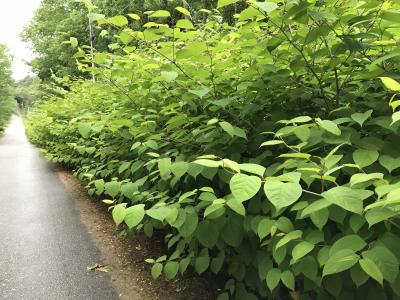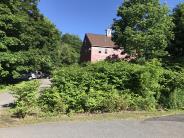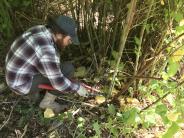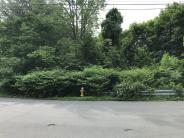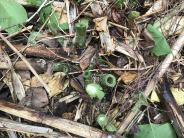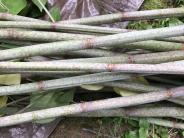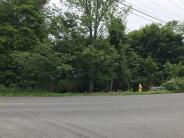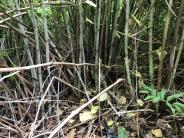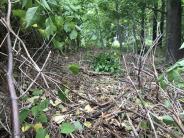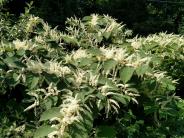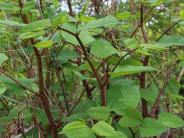-
Our Community
-
- Welcome Visitors About Durham's Community Climate Remembrance Project Diversity Welcome Statement Life in Durham Places to Stay Places to Eat Places to Park Transportation Schools Oyster River School District Welcome New Homeowners
- Durham Public Library Programs & Events Trails and Town Lands Conservation Commission Land Stewardship Conservation Lands & Parks Conservation Easements Trails Youth Organizations University of New Hampshire Durham Preservation Durham Historic Association
- Volunteer Town of Durham Land Stewardship Public Library UNH Cooperative Extension Churchill Rink Parks & Recreation Recreation Program Calendar Outdoor Recreation Activities Outdoor Recreation Sites Sustainable Durham Recycling Information Swap Shop Information Earth Day 2023
-
- Doing Business
-
Inside Town Hall
-
- Departments Assessing Building Business Office Code Enforcement Information Technology Planning Town Clerk/Tax Collector Parks & Recreation Boards, Commissions & Committees Agricultural Commission Conservation Commission Historic District/Heritage Comm. Other Boards & Committees Planning Board Zoning Board
- DCAT Media Productions DCAT Media - Programming DCAT Media Livestream Zoom Video Meeting Schedule Town Council Town Administration Public Hearings Public Safety Police Fire McGregor Memorial EMS (Ambulance)
- Public Works Engineering Division Operations Division Sanitation Division Water Division Wastewater Division Stormwater Town Directory Telephone Directory by Department Services Directory
-
-
Helpful Resources
-
- Quick Links Assessors Online Database Bids and RFP’s DCAT Media Productions GIS Digital Maps Jobs Online Services Parking Information Social Services Town Holidays Trash Pick Up Holiday Schedule Transfer Station & Recycling Center Information Curbside Refuse Collection by Street Zoom Video Meeting Schedule
- Town Documents Budget & CIP Forms & Applications Master Plan Tax Increment Finance (TIF) Districts Tax Maps Town Charter Town Code Town Reports Town Wide Master Fee Schedule Zoning Ordinance Voter Information
- Contact Us Cemetery Information Social Media Facebook Twitter Town Newsletter Friday Updates Town Meetings & Events Agenda and Minutes Calendar Public Hearing Notices State & U.S. Representatives
-
Knotweed Project
The Town has embarked on an effort to control invasive Japanese knotweed along Mill Pond Road and around the Town Hall. Ellen Snyder, Durham Land Stewardship Coordinator, is working with Doug Cygan, Invasive Species Coordinator with NH Department of Agriculture, Markets, & Food, on implementing the best control methods. Japanese knotweed (Reynoutria japonica) is an aggressive and highly invasive herbaceous to somewhat woody perennial originating from eastern Asia (Japan, Korea, China and Taiwan). One of the plant characteristics is the noticeably jointed stems, much like bamboo. It was first brought to the United States in the late 1800s for ornamental and horticultural purposes. It quickly became popular in the nursery trade and has been planted in landscapes throughout North America. It was also planted for erosion control and as a forage crop; little did they know at the time how damaging these practices would be.
Invasive characteristics of Japanese knotweed:
- Fast growing, ~ 8” per day
- Large woody rhizomes that penetrate the ground up to 10’ deep and laterally can exceed 40’
- Allelopathic properties (chemical compounds that are released by certain plants to eliminate vegetative competition) allowing it to displace native vegetation
- Forms dense clonal communities
- Regenerates from rhizome (root) fragments as small as ½” in length
- Rhizomes can remain dormant for up to 20-years
- Cut or mowed stem fragments can regenerate from nodes
- Outcompetes native species and reduces or eliminates native plant diversity
- Grows through concrete and pavement causing issues with infrastructure, utilities, drainage, septic systems, walls, and foundations
The most effective control method is herbicide application by a NH licensed applicator. Japanese knotweed is unlike most plants in that the flow of nutrients/carbohydrates is in one direction, moving upward during the growing season until flowering and then the process reverses to deliver the nutrients/carbs back down to the rhizome system for overwintering. Therefore, chemical application is most effective just after flowering up until the first killing frost (September – November). To increase effectiveness of the treatment, the stems can be cut to the ground in June. The re-growth will be reduced by the time of treatment in the fall. We’ve done this at two sites—behind the town hall and at the College Brook bridge. These piles will be left to dry out to ensure they are non-viable before being taken to the town transfer station for burning. Doug Cygan will be treating the plants in the fall and other invasive plants along Mill Pond Road (not on the Milne Sanctuary) as well. Ellen is mapping knotweed populations throughout Durham. If you know of a stand, please email ellensnyder1@gmail.com. Thanks to all those who have submitted sites thus far.
Click any thumbnail image to view a slideshow

